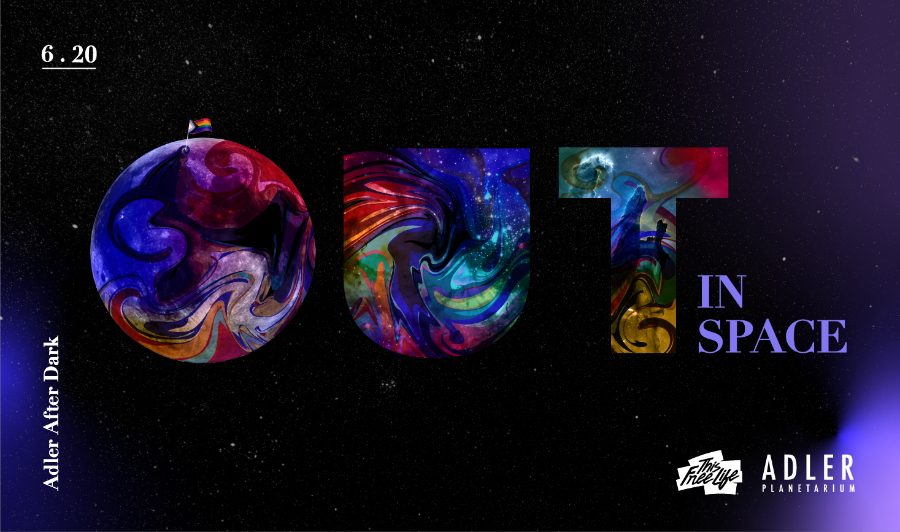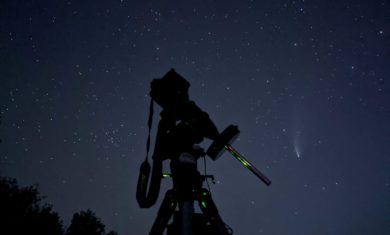Adler Skywatch: October 2023
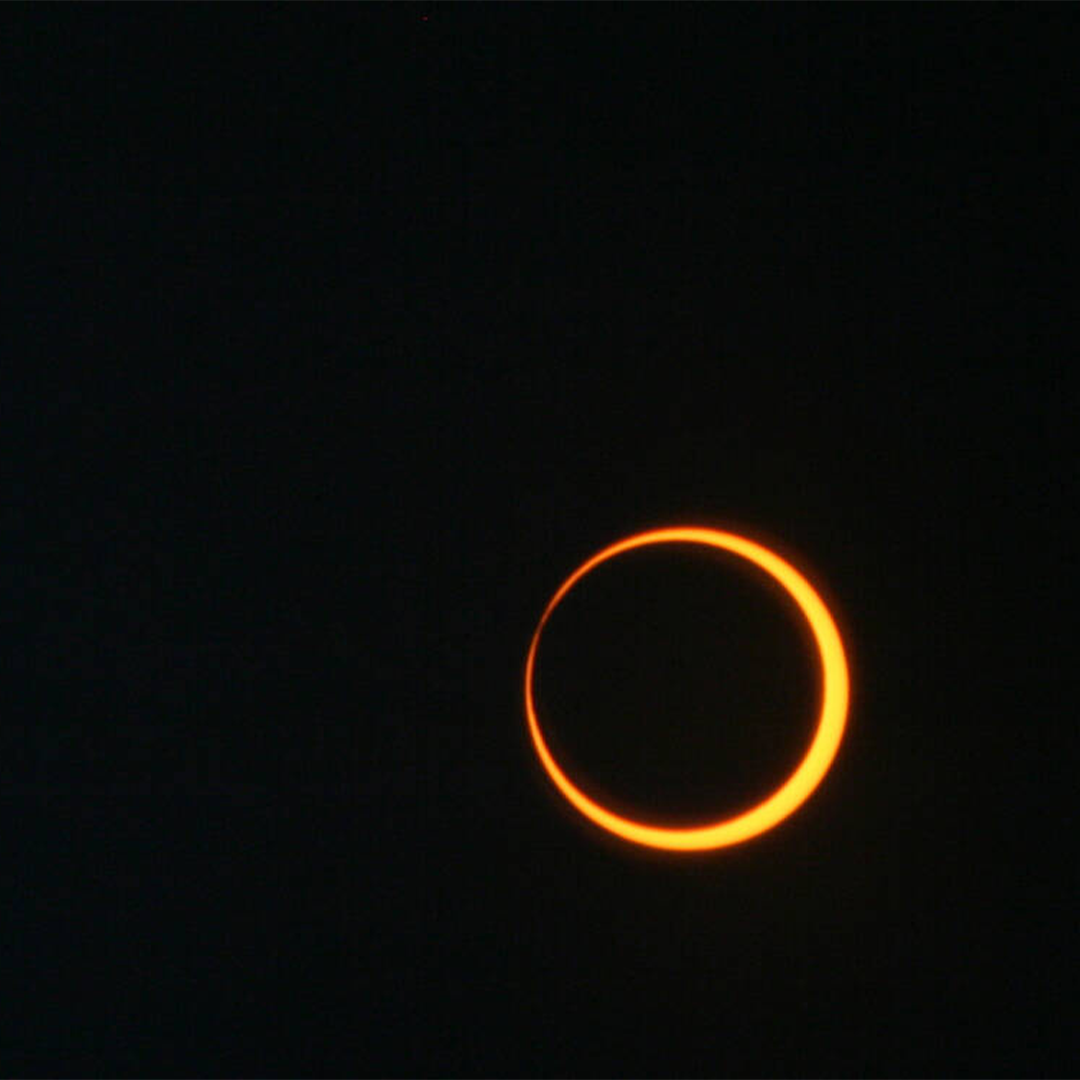
Header Image: An annular “ring of fire” solar eclipse on May 20, 2012. Image Credits: NASA/Bill Dunford
A partial solar eclipse in Chicagoland—and a “ring-of-fire” eclipse in a narrow path across the continent—highlight the sky this month, October 2023.
It’s Time To Get Equipped To Eclipse
If skies are clear, the Chicago area will experience a partial solar eclipse on October 14. When the Moon passes in front of the Sun, and casts its shadow on a specific point on Earth, it creates a solar eclipse.
The solar eclipse on October 14 is actually an annular solar eclipse. During an annular eclipse, viewers in a very narrow path across Earth can see the Moon’s dark silhouette inside of the Sun’s disk. It looks like a black hole surrounded by a ring of bright light.
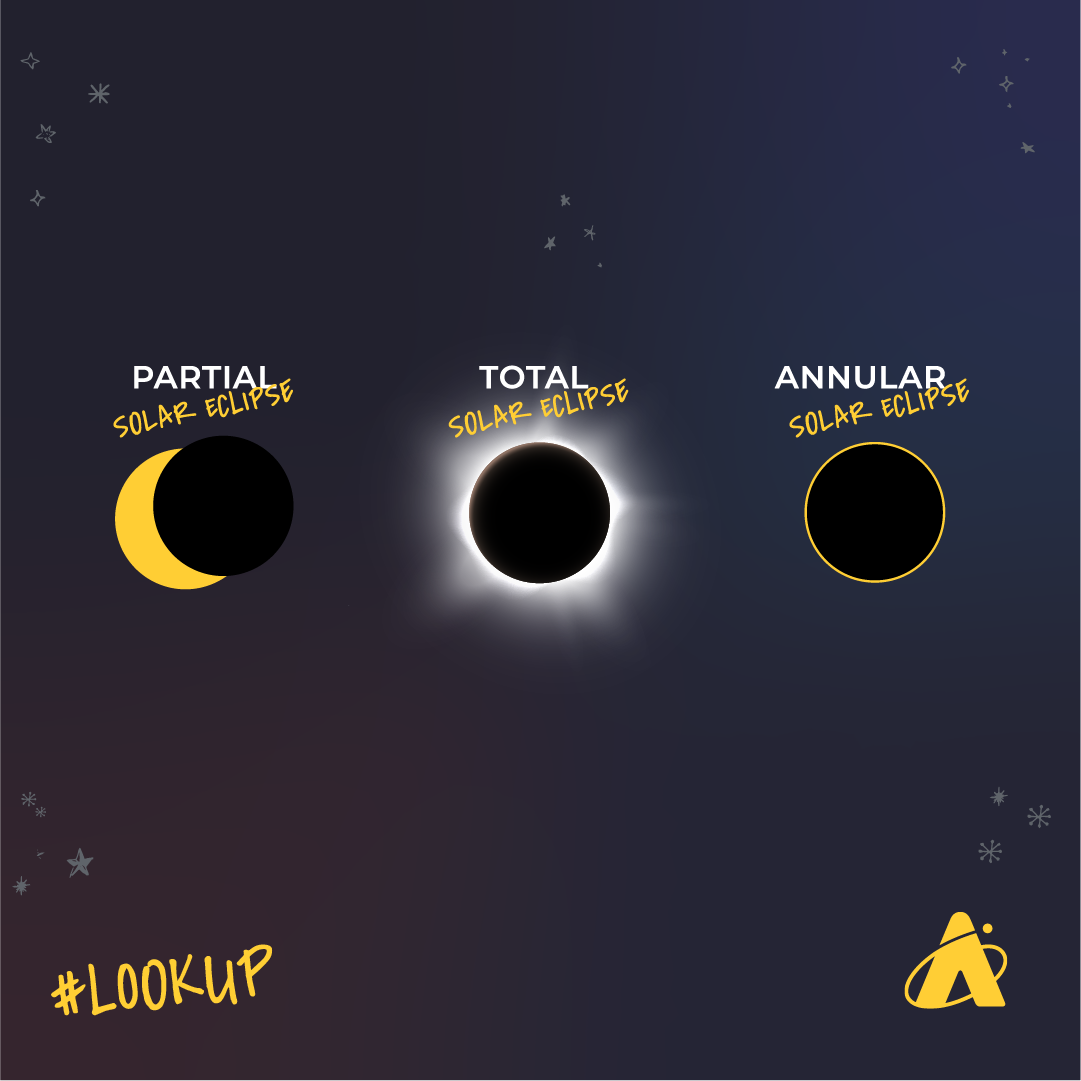
However, Chicagoland and most of North America are not in that narrow annular eclipse path, but they are close enough to it to be able to view a partial solar eclipse. This means that the Moon’s silhouette will only partially cover the Sun, which creates the illusion that a bite has been taken out of the Sun’s disk. In the Chicago area, at the maximum point of the eclipse, the Sun will appear to be “bitten” almost in half. For in-depth explanations of the different types of solar eclipses, check out our blog!
Before you attempt to directly view the Sun— and not just during eclipses, but at any time—you will need a certified solar viewer to safely observe the Sun. Otherwise you risk permanent eye damage, which can happen in seconds before you’re even aware of it! Certified solar viewers are thousands of times darker than sunglasses (which are not safe for looking at the Sun with).
Also, don’t look at the Sun through a camera lens, telescope, binoculars, or other optical devices even while using solar viewers. If you can’t get your hands on solar viewers, you can use simple indirect solar projectors, like a pinhole projector to watch the eclipse.
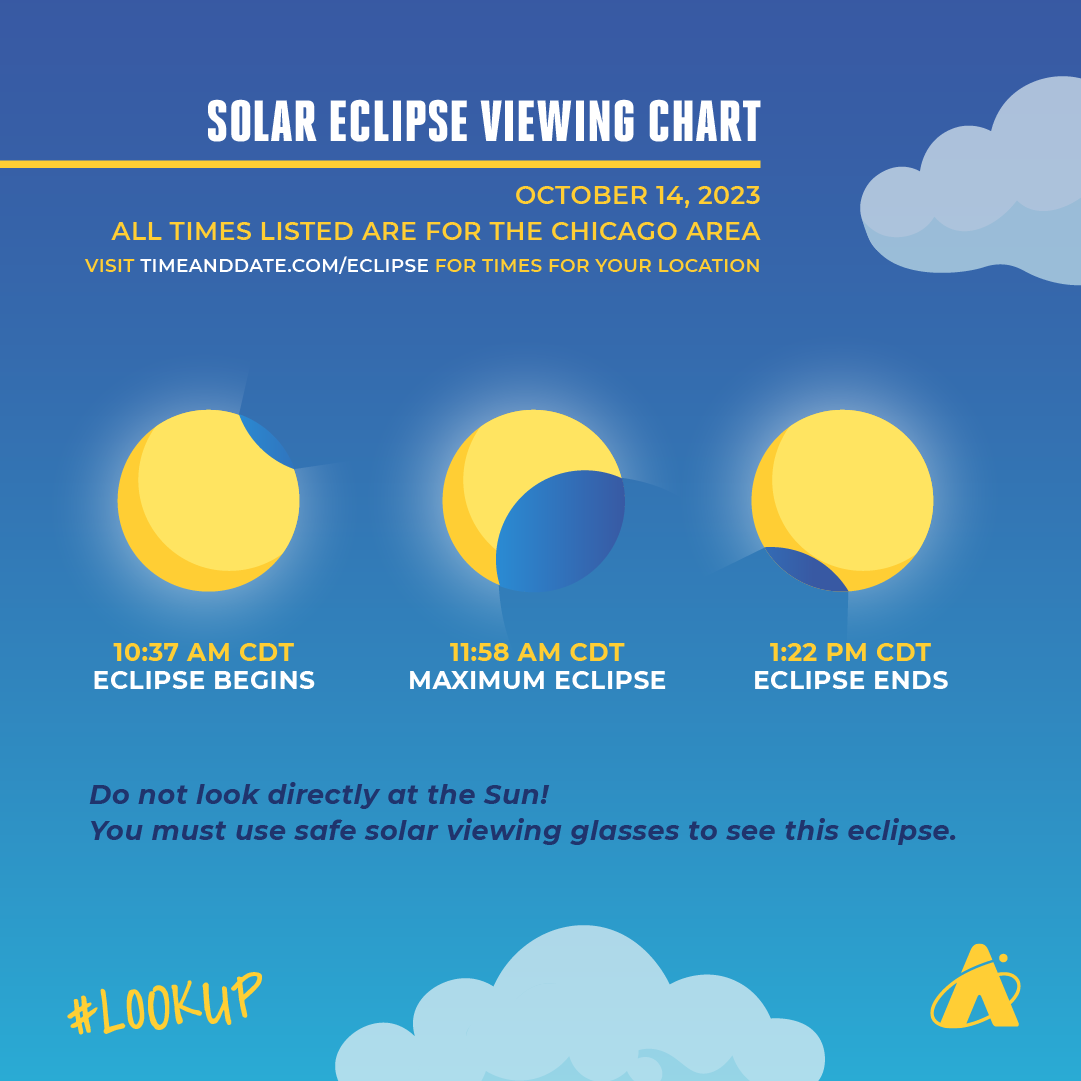
In Chicago, the partial solar eclipse starts around 10:37 am CDT. That’s when the Moon’s shadow is just starting to nick the edge of the Sun’s disk. The shadow slowly gets larger as it moves across the Sun, and by 11:58 am the shadow is at its maximum size, with 43% of the Sun covered. After that point, the shadow gets smaller. By 1:22 pm, the Moon will no longer cover any part of the Sun. To check if and when the eclipse will be visible in your location, visit TimeAndDate.com/Eclipse.
Not in the eclipse’s path? No worries! Our astronomy educators will be going live on YouTube to show you the partial solar eclipse from Chicago, weather permitting.
For an even deeper dive on the October 14 solar eclipse, check out our blog, Everything You Need To Know About The October 14 Partial Solar Eclipse.
Spooky Saturn
About 40 minutes after sunset this month, look toward the east-southeast to see the planet Saturn. It will appear near the horizon at the start of the month. By the end of the month, when the Sun is setting nearly an hour earlier, Saturn will be well up and closer to the southeast in the sky.
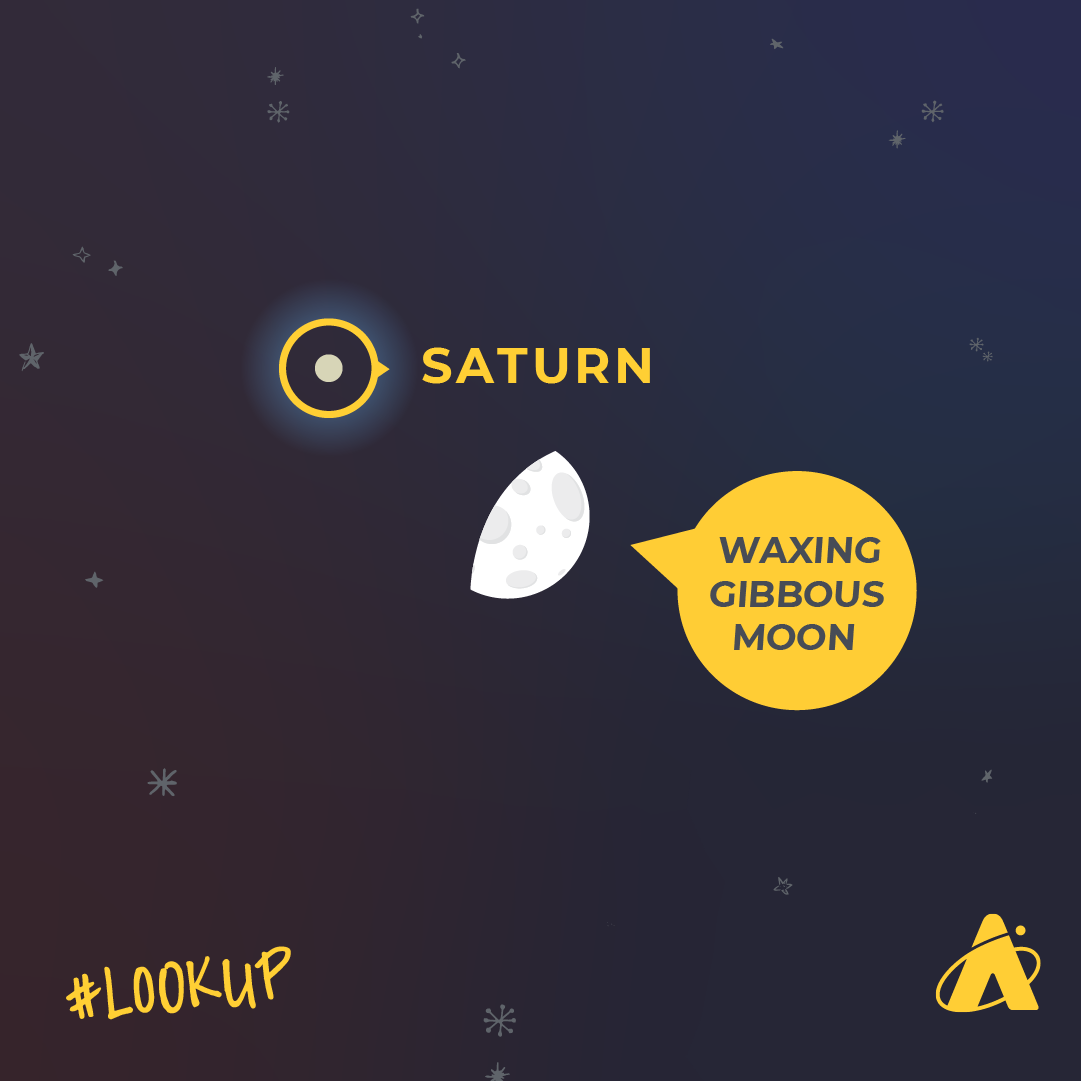
Brighter than a first-magnitude star, Saturn is in a part of the sky where its brightness makes it stand out. The nights of October 23–24, the planet is close to a waxing gibbous Moon. Saturn gets about 35 degrees above the southern horizon at its highest, during the hours around midnight. It will be very low in the west-southwest around 3:00 am at the start of the month, and around 1:00 am at month’s end.
The Bright Beacons: Venus and Jupiter
The bright planet Jupiter outshines almost everything, except the Moon, in the night sky this month. It rises in the east-northeast around 8:00 pm at the start of the month. At the end of the month, it will rise near the end of evening twilight—around 6:00 p.m. Chicago time. The night of October 1, Jupiter appears less than three degrees away from a waning gibbous Moon.
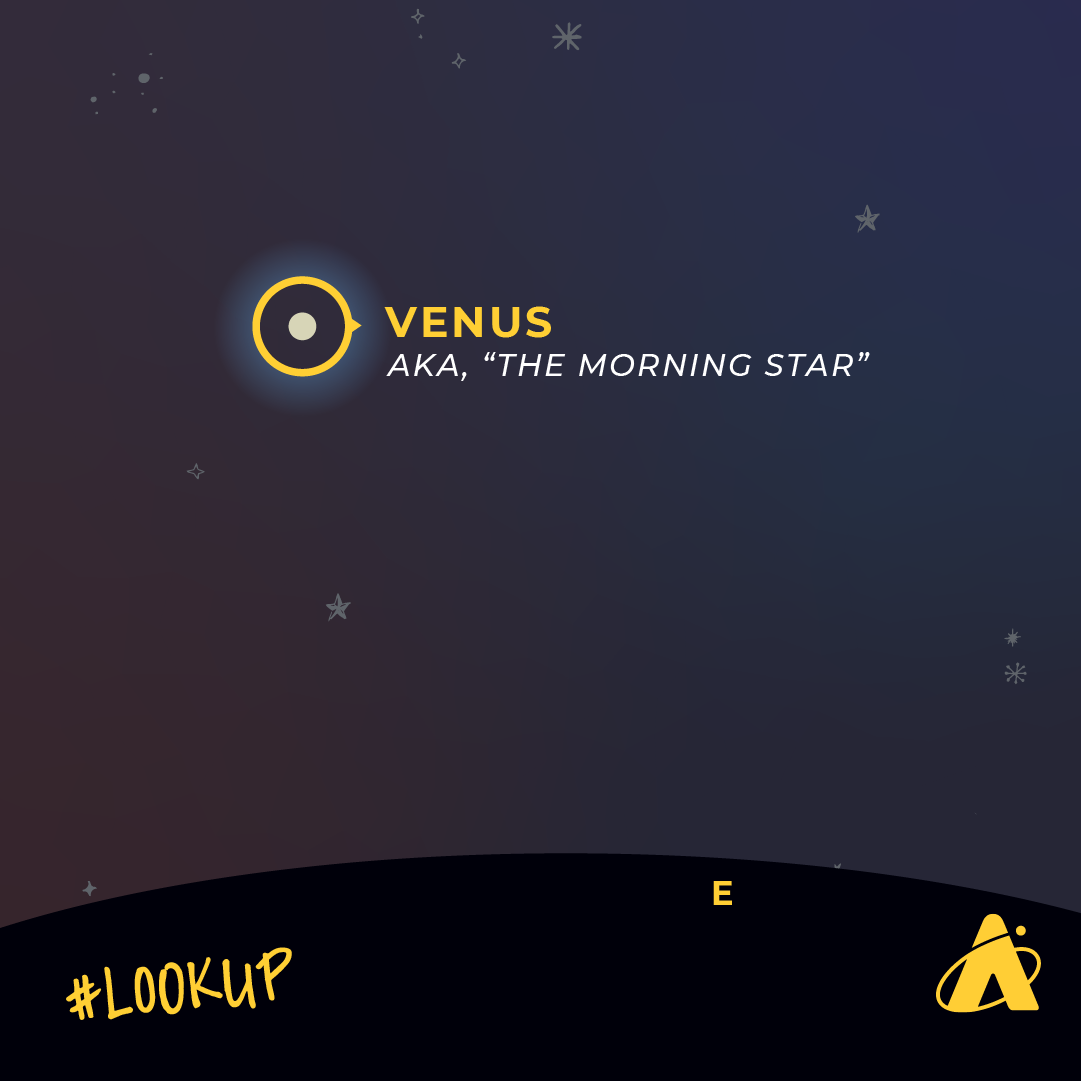
The evening of October 28, Jupiter will appear near the full Moon, nicknamed hunter’s Moon. Jupiter gets more than 70 degrees high in the southern sky during evening darkness. It fades away in the west about 40 minutes before sunrise at the start of the month. By the end of October, Jupiter sets in the west-northwest around sunrise.
The only planet brighter than Jupiter this month is Venus. In October, Venus rises in the east around 3:30 am. The morning of October 10, a waning crescent Moon will be near Venus. The bright star Regulus, in the zodiac constellation Leo the Lion, is between Venus and the Moon. The star Algieba, also in Leo, is on the other side of the crescent Moon. Venus gets roughly 40 degrees high in the east-southeast as dawn brightens the sky.
In October 2023, the planets Mars and Mercury appear too close to the Sun for visibility.
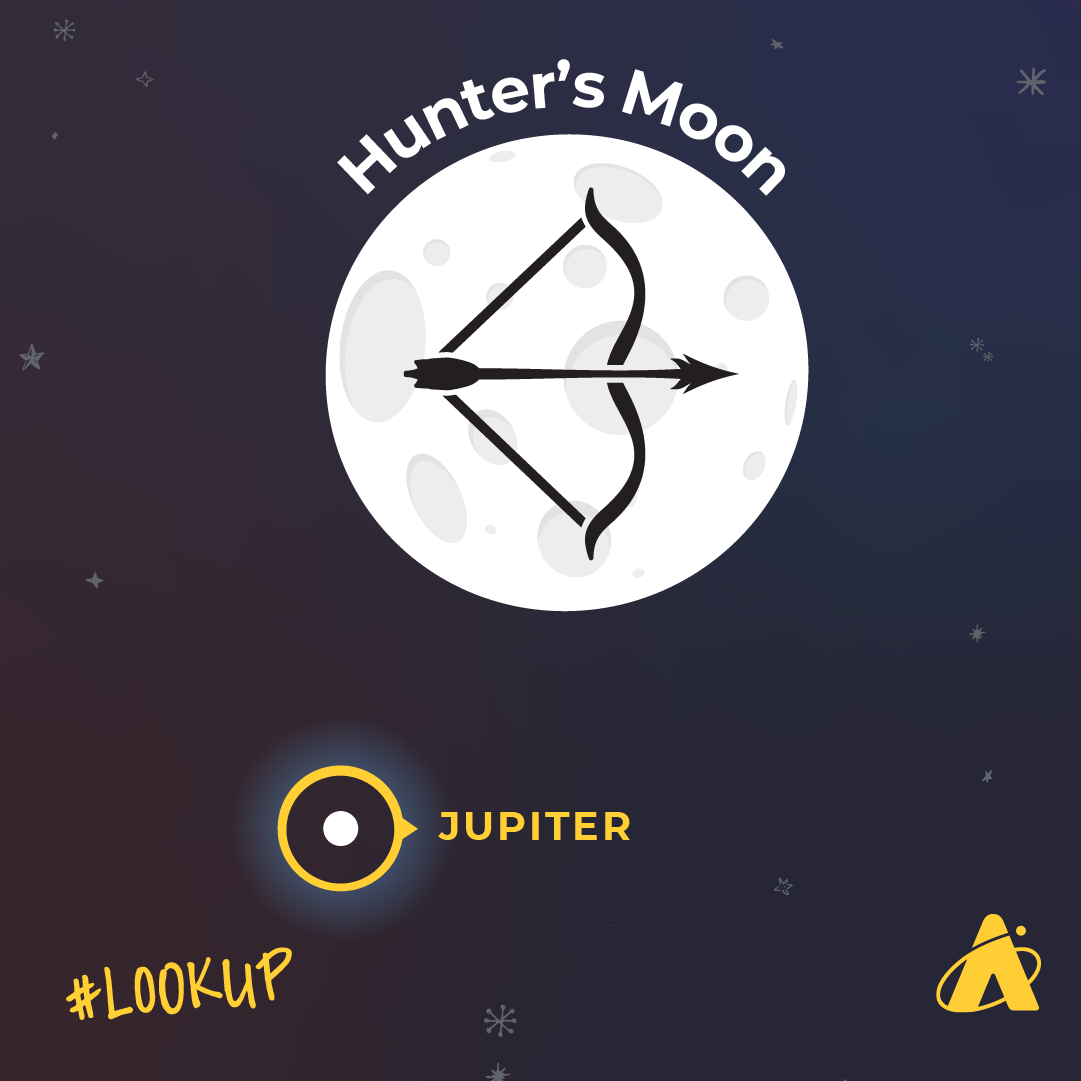
Moon Phases
Last Quarter Moon: October 6
New Moon: October 14
First Quarter Moon: October 21
Full Moon: October 28
Please note: these descriptions are for the Chicago area, using Central time.
Get Equipped To Eclipse With Adler Solar Viewers
Now through April 8, 2024, buy or renew a Star Pass and receive a free solar eclipse viewer that can be used to view the Sun safely during the upcoming October 14, 2023, and April 8, 2024, solar eclipses. Limit of one viewer per order, while supplies last. Just show your Star Pass purchase or renewal confirmation email to a member of our Space Shop staff on the upper level of the Planetarium to redeem.
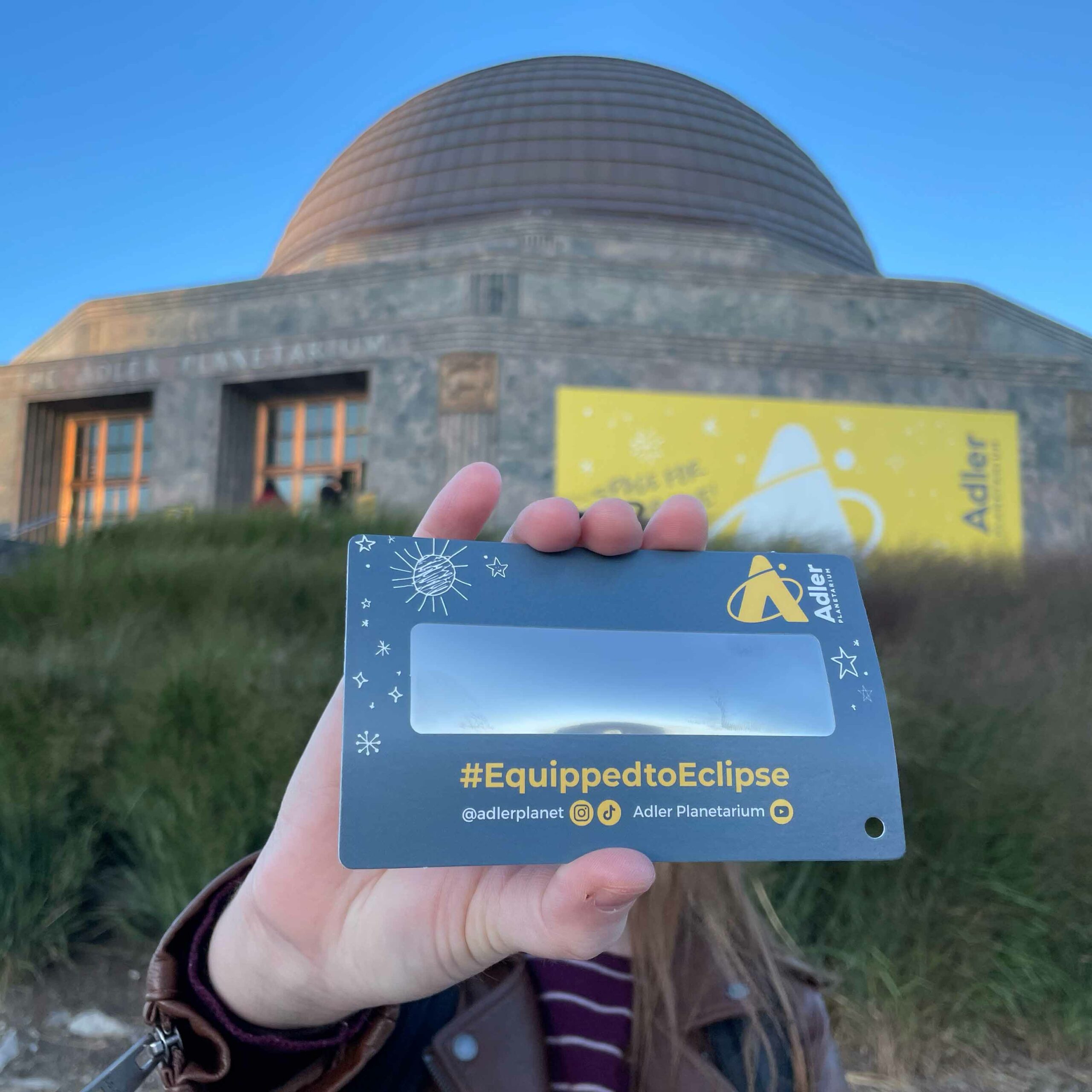
Subscribe To Skywatch Wednesday This October
Tour the sky with the Adler Planetarium’s Theaters Manager, Nick, in Skywatch Wednesday. Nick uses cutting edge visualizations, NASA images, and astrophotography to show you what you can see in the night sky throughout the year.
Check out our latest episode for your 2023 guide to stargazing this autumn and more information on the October solar eclipse!
Learn From Our Astronomy Educators
Watch exclusive live episodes of Sky Observers Hangout this October! Learn how to observe upcoming cosmic happenings, enhance your astrophotography skills, and see celestial objects through a telescope virtually with our astronomy educators.
In our latest episode, Blue Supermoon Live, Michelle and Hunter talk about what made the August 30 supermoon so “blue” and so super! Then they take you on a tour of our lunar surface to show you some of the characteristics that make lunar observing endlessly fascinating.




